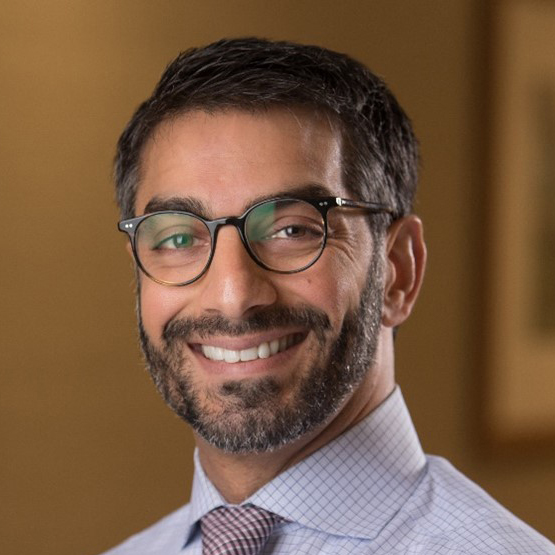Know Your (Net) Worth: Net Worth Statements and Why You Need One

Anuj Mediratta, MD, FASE, FACC
In the simplest of terms, a net worth statement is the summary of all assets and liabilities. It provides a financial snapshot of where you are at any given time. It can easily be done on basic software or with a paper and pencil, if you prefer. Start by compiling your assets: retirement accounts (note the type of account), checking and savings accounts, investment accounts, 529 plans (education savings), home or homes (to be conservative, most people recommend using the purchase price, not the estimated value when calculating the equity on property – you can decide how you prefer to do this), and other assets such as cars or other major valuables. Next, list your liabilities: student loans, personal or family loans, car loans, credit cards, and any outstanding mortgages. Add up the assets and subtract the liabilities. This is your net worth. Track it once a year, or quarterly, at most. Save and track over time by adding a new worksheet every year – for fun, add a graph to see progress over time. It is worth noting that the majority of physicians start as an attending with a negative six-figure net worth.
You might be asking yourself, "Why is this necessary?" The intention is not to feel shame or guilt or to give you bragging rights to your friends and family. This is data. In medicine, we love data! The exercise of making this spreadsheet will give you a sense of where you are and where you want to go. If nothing else, the exercise will be forced financial education where you start to understand the basics of all the different retirement and investments accounts and how they are treated from a tax perspective.
In Stephen Covey's "7 Habits of Highly Effective People," the second habit is to "begin with the end in mind." In other words, defining the end goal will provide clarity on the path to get there. How much is enough? How long do you intend on working? Do you intend on paying for the education for your children (if so, how much)? Can you safely cut back on hours worked? What type of lifestyle do you plan on living in retirement? Is being "debt-free" important? These are the types of questions that are better asked early-career rather than late-career. Set some goals for yourself, and don't be afraid of getting specific.
Here are a few examples:
- I want a zero net worth within two years of the end of training (affectionally described as "back to broke" by Jim Dahle, the founder of "The White Coat Investor")
- I want to pay off my student loans within four years
- I want to have a million-dollar net worth by age 45
- I want to pay off my home in 15 years (instead of the traditional 30-year timeline)
- I want to own five rental properties by the time I am 50
I want to be financially independent by age 55 and cut back to part-time - I want to retire before age 60
Once you start tracking this, notice how this changes year to year. Don't obsess over it, though – it is just a tool to view your progress. Your mortgage balance should be going down every year (how does that make you feel?). What happens to the value of your car every year (hint: it goes down!)? Which assets are going up in value? What types of debt are slowing down the progress? Are you on track for your goals? If not, what can you do to improve your chances? Do you understand basic investing and can you do a DIY plan or do you need to hire a financial advisor to manage investments?
Having a financial plan with an end-goal is key for the financial success of an early career physician. The net worth statement is the tool that tracks the progress towards that goal. Understanding how assets grow over time, including the magic of compounding interest, will positively reinforce smart (low-cost index funds, long time horizon, not trying to "time the market") investing, while watching certain "assets" (cars, boats, RVs) depreciate over time will be eye-opening for less optimal behaviors.

This article was authored by Anuj Mediratta, MD, FASE, FACC, a multi-modality imaging cardiologist at Morristown Medical Center in New Jersey. Twitter: @anujmedirattamd.
This content was developed independently from the content developed for ACC.org. This content was not reviewed by the American College of Cardiology (ACC) for medical accuracy and the content is provided on an "as is" basis. Inclusion on ACC.org does not constitute a guarantee or endorsement by the ACC and ACC makes no warranty that the content is accurate, complete or error-free. The content is not a substitute for personalized medical advice and is not intended to be used as the sole basis for making individualized medical or health-related decisions. Statements or opinions expressed in this content reflect the views of the authors and do not reflect the official policy of ACC.
